Rust is no fun: it doesn’t really matter how big, strong, or good-looking your vehicle is. Unless taken care of properly, it will be overwhelmed by rust sooner or later. Even if the frame is crafted from rust-proof aluminum or stainless steel, that still doesn’t make it 100% immune to corrosion. Now, one of the biggest “targets” for rust is the frame, especially on a truck. Most drivers don’t know about the consequences of driving through mud, snow, water, and sand.
But the truth is – without proper Rust Protection, your truck’s suspension, bed, exhaust system, fenders, control arms, and everything else in between will be ruined. So, join me, and let’s talk about the most effective ways to stop corrosion and keep our vehicles in great shape!
What you’ll need for the Job
Before we get to the meat and potatoes, take a quick look at the thing that you’ll need for today:
- Hammer (preferably ball-peen)
- Scrapper
- Surface sander (air-powered)
- Sandpaper
- Wax/grease remover
- Rust converter
- Paint + brush
- A couple of rags
- A set of protective gloves and glasses
#1: Getting the Truck Ready
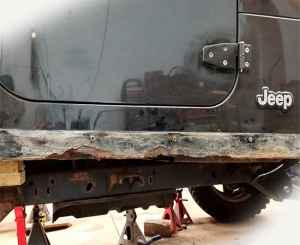
Now, if you’ve got some new parts installed on the frame it would be best to remove them so that they don’t get in the way. I’m talking about a set of spacers, control arms, or something like that. Is there a jack lying around with a couple of jack stands? Use them to lift the truck. However, even if you don’t have any jacks, this can still be done.
#2: Dealing with the Scale
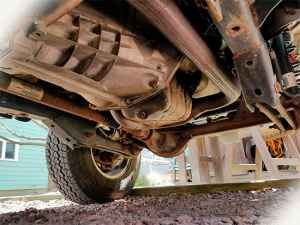
The hammer can also reveal any soft/bent/rusted parts that need to be replaced. Without removing the scale, that can be almost impossible to notice. Use it in combination with a scrapper: it’s another highly useful tool for dealing with rust scale on a vehicle.
#3: Getting rid of Rust
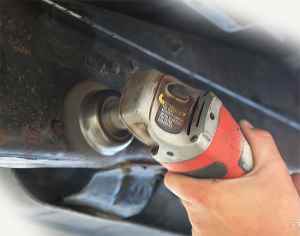
For starters, 220 should do. You can switch to 320 or higher once you’re satisfied with the results. If you want to be really thorough, a wax slash grease remover will help to polish the surface even further.
#4: Using a Rust Converter
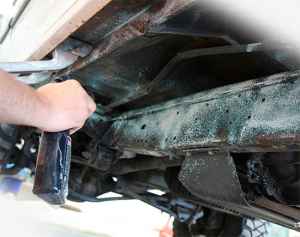
Some converters can be sprayed directly on top of the metallic surface; others need to be applied using a brush. Read the instructions to know exactly how many layers to apply for the best results.
#5: Adding Paint
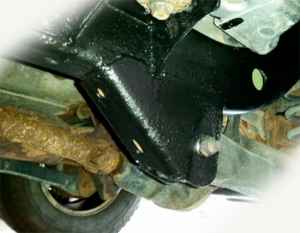
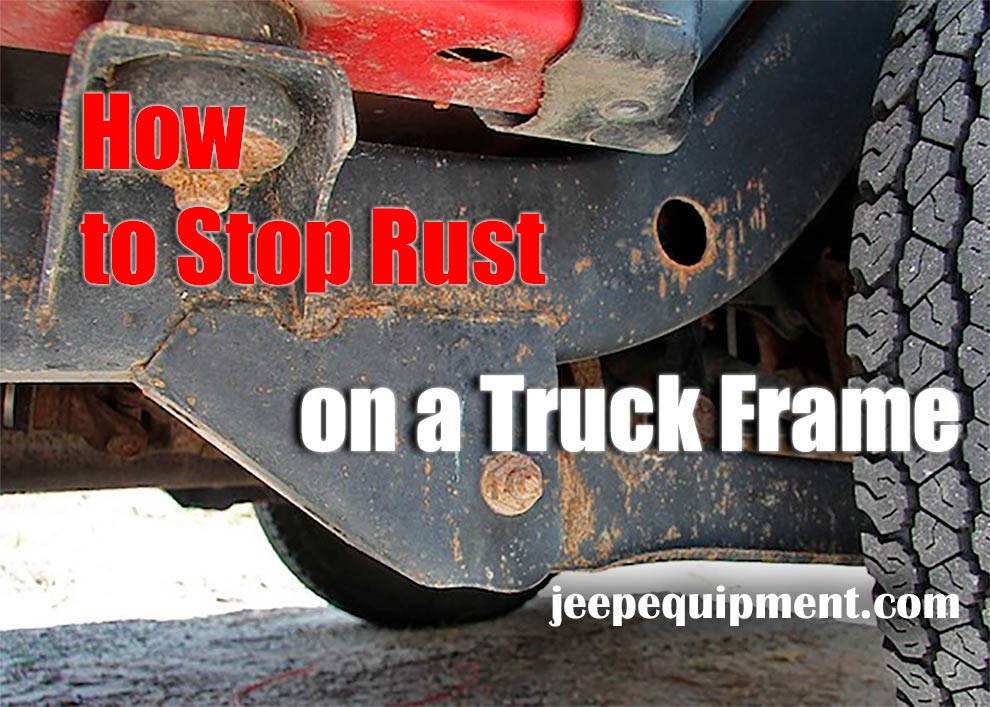
Add Comment